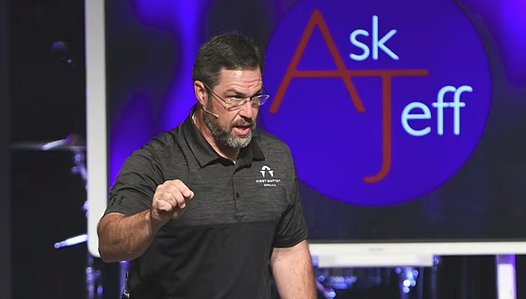All 67 counties in Alabama have been declared natural disaster areas due to the ongoing drought in the state. Water bans are in place, and Gov. Bob Riley even asked the people to pray for rain.
But what else can we do individually to help preserve the water supply? Actually there is a lot you can do, and the concepts are pretty simple. Let’s walk through your home room by room and examine the options.
Bathrooms
Bathrooms account for about 75 percent of household water usage, so this is definitely the spot where you can make a difference.
- Check all water outlets — sink and tub faucets, showerheads, etc. — for dripping. Kits and instructions for repairs are available in all hardware and home improvement departments and stores.
- Make sure your toilet isn’t leaking, or “running,” after flushing. This can account for the annual waste of literally hundreds of extra gallons of water. A simple test is to remove the tank lid and add a couple drops of food color to the water. Watch the bowl for about a minute; if any color begins to appear in the bowl’s water, then it’s time to replace the flapper valve.
- Replace your toilet with a new model. If your toilet was manufactured before 1992, then chances are likely that it uses considerably more water per flush than today’s models. You can usually find the production date stamped into the inside of the tank lid.
- Shower away wasted water and money. Veto tub bathing and set a timer to allow each household member no more than five to 10 minutes in the shower. Reducing showering times is the No. 1 means of cutting most households’ water use. Another way to save is to install a water-saving, or “low-flow,” showerhead.
- In times of severe drought, if a tub is your only bathing option, then consider dipping out the leftover bathwater by hand and using it to fill a container for plant and outdoor watering.
Kitchen
Believe it or not, only about 8 percent of household water use happens in the kitchen, but there are still plenty of ways to reduce this figure as well.
- Never operate the dishwasher until it’s completely full. If your dishwasher is an older model, then consider replacing it. Newer models average 25 percent less water usage.
- Repair leaky faucets. Install a water-conserving, or “low-flow,” aerator on your sink faucet. This can cut the gallons per minute in half.
- If you don’t have a tankless, or “instant,” hot water system, then keep a clean dishpan or other large container in the sink to catch water you run while waiting for your faucet to produce hot water. This perfectly clean water can be used for cooking, cleaning, laundering hand washables or watering plants indoors and out.
- Check your refrigerator’s icemaker water line to ensure there is no leakage.
Laundry room
- Wash only full washer loads. Set one or two specific laundry days per week, and refuse to launder in between times.
- Consider upgrading to a water-saving washer unit. Newer washers can save as much as 40 percent water usage over older models.
Outdoors
- Know your area’s restrictions on outdoor watering and adhere to them. But do yourself a favor and learn to conserve water all the time. Hand-watering uses less water than using sprinklers, but it’s important to strategically water so that targeted plants and areas get a proper soaking. Watering in the pre-dawn or earliest daylight hour ensures the least amount of evaporation.
- The best way to save on watering is drought-resistant landscaping. When shopping for trees, shrubs, flowers or other greenery, consult your county agricultural agent, professional landscapers or nursery workers. And do your own homework at your local library or bookstore.
A few plants to consider:
Trees: pine, oak, eucalyptus, olive and redbud
Vines: trumpet creeper, bougainvillea and wisteria
Foliage: yucca, agave and dusty miller
Ground cover: rosemary and creeping St. John’s wort
Flowering plants: yarrow, aloe, lavender, red-hot poker and oleander
- Washing your car doesn’t have to be neglected. Car wash facilities recycle their water, so these businesses don’t use nearly as much water as some might think. And availing yourself of these services may not cost you a penny. Many service stations offer car washes for free with specific minimum fuel purchases. If you’re nervous about automated car washes, however, then spend a few dollars and visit a touch-free car wash.
Other options
Make sure there are no water leaks anywhere in your plumbing by first turning off every water-using appliance.
Then locate your water meter, lift the lid and look at the dial. If the dial hand is moving, then you have an obvious leak. A smaller leak may not be as readily apparent.
Note the exact position of the dial hand. Wait 10 minutes and check it again.
If it has moved, then you have a leak somewhere and should check all your plumbing, locate the leak or leaks and make all the necessary repairs.






Share with others: